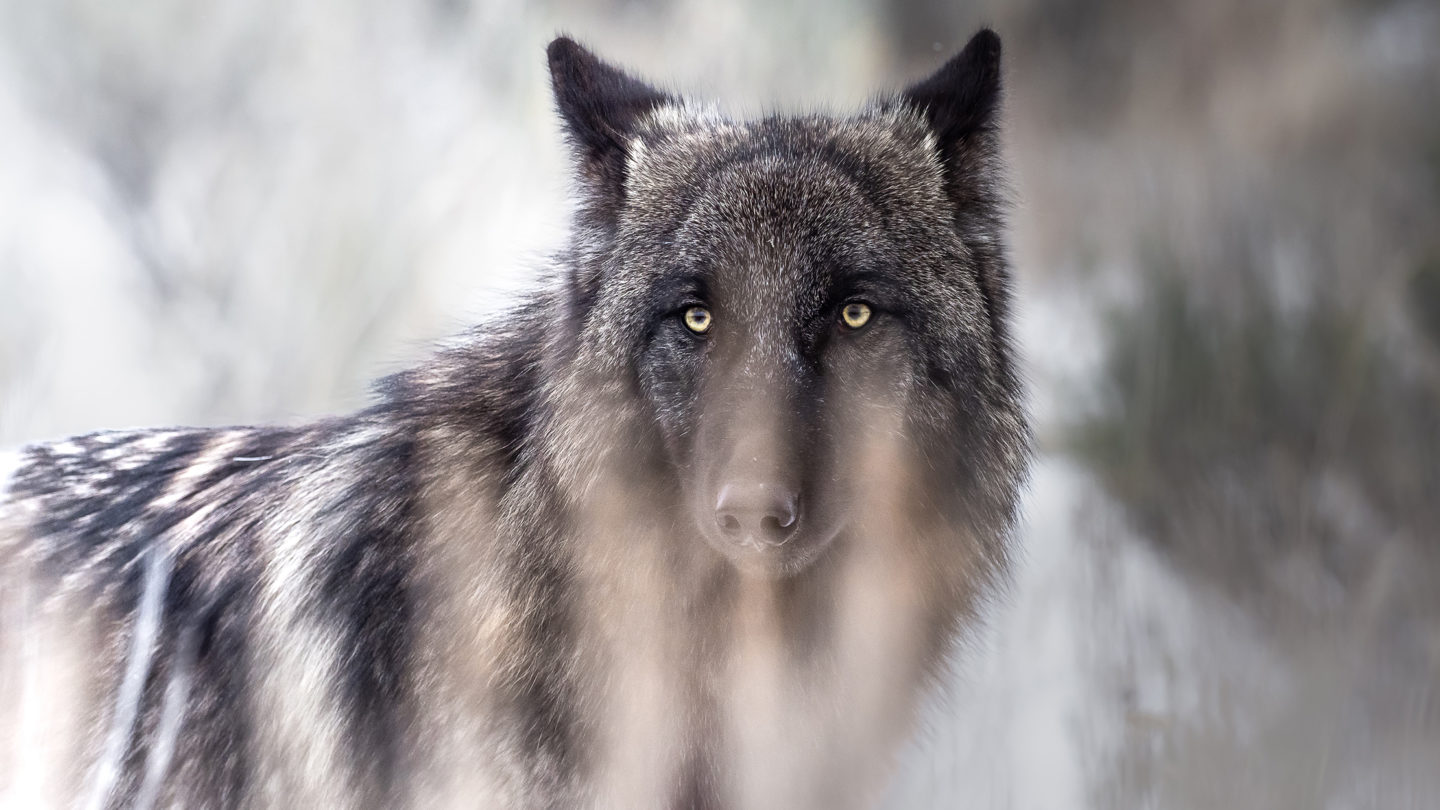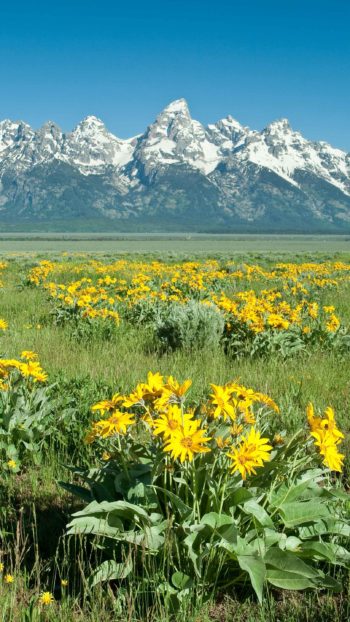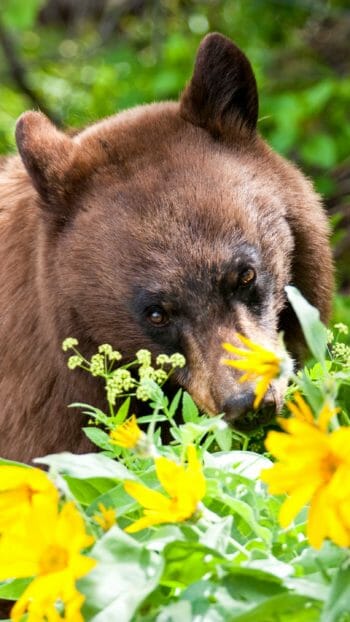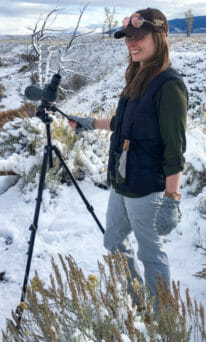Presently 67 species of mammals call Yellowstone National Park their home. These are native species that comprise an intricate community of organisms and together play an essential role in maintaining a balanced ecosystem. Of the 67, one specific animal is revered as the icon of the wilderness and draws millions of visitors to this national park every year- the Gray Wolf. Being a highly territorial, apex predator means this species is sparsely distributed across the 2.2 million acres of Yellowstone National Park. For the past decade the population of wolves within the broad boundaries of the park has lingered at an average of 100 individuals. Due to this elusiveness, not every visitor to the world’s first national park gets the opportunity to see this incredible animal.
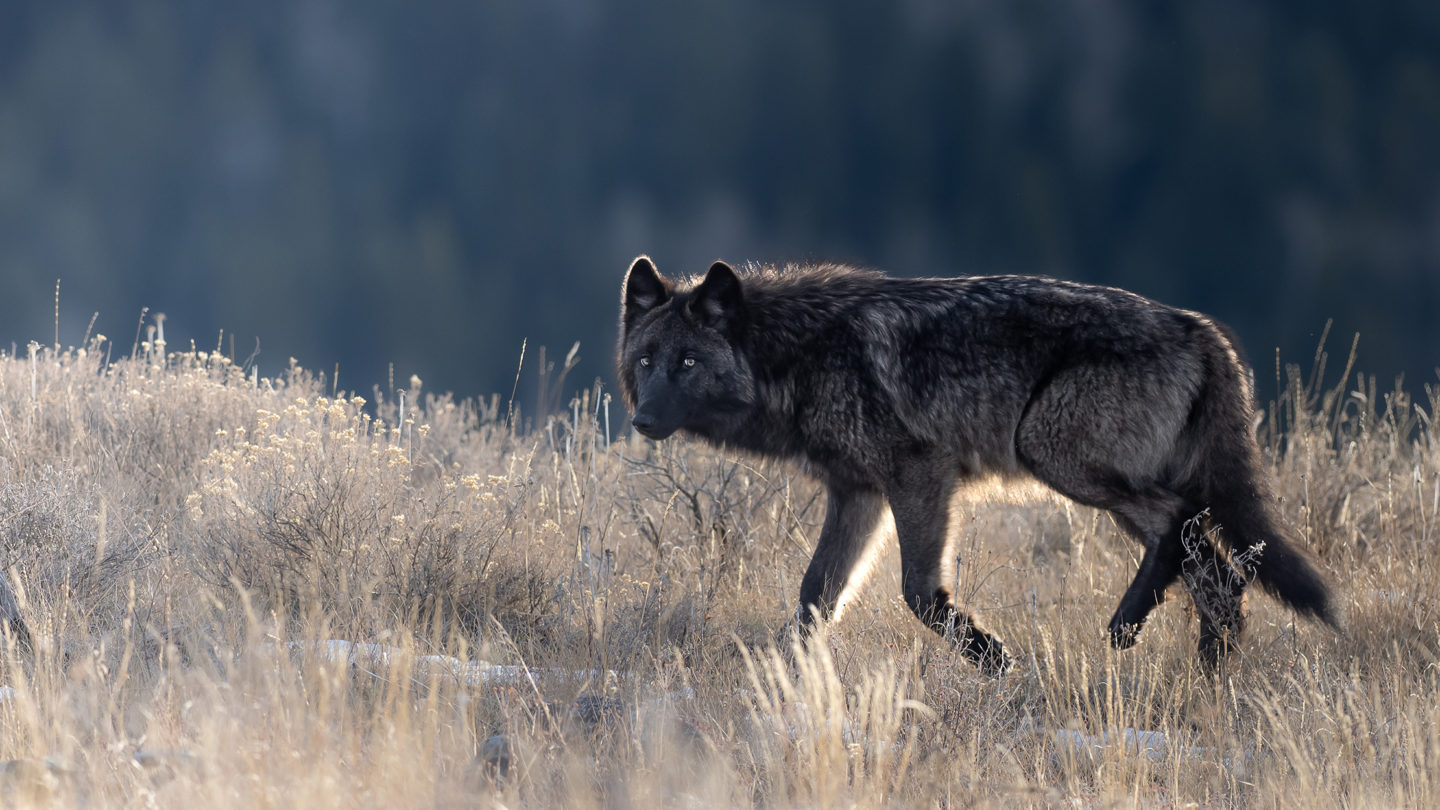
So what is the best way to maximize the opportunity of seeing a wolf in Yellowstone? Well one of the most effective factors to consider is the time of year!
The habits and behaviors of wolf packs are greatly impacted by the movement of prey species across the landscape. Generally, warmer temperatures drive prospective food sources like elk and deer into higher elevations such as the Gallatin, Absaroka and Beartooth Mountain Ranges that encompass the park. This makes summer, typically ranging from June-September, a particularly difficult time to look for this large canid. Winter, a time in which prey struggle to survive in below freezing temperatures that kill foraging and the multiple feet of snow that bury it, marks the time in which predatory species can thrive. The fur coat of a wolf will thicken to keep out the cold and their paws will grow extra tufts of fur to help distribute their weight across snow in order to make walking on top of it easier. Between November and April this predator will be at its prime.
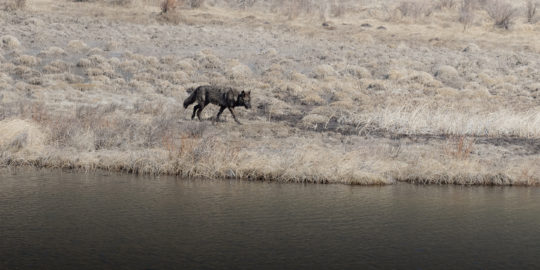
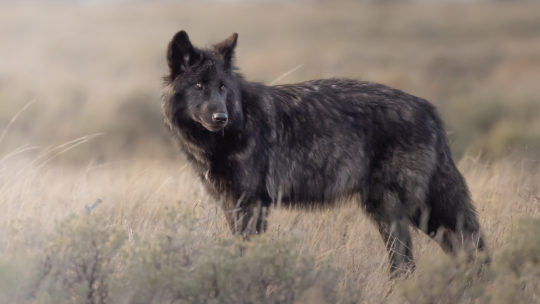
Of these wintry months, February is one of the best to observe the wolves of Yellowstone. While the gargantuan Yellowstone Lake freezes over, geyser basins are consumed by their own steaming features and pine boughs become laden with snow, the Gray Wolf enters the peak of its breeding season. Within a pack, typically only the alpha male and female will breed, but in Yellowstone multiple breeding pairs have been noted in some of the larger packs. During this period of romance, prospective mates will be actively pursuing each other which greatly increases the chances of spotting them on the landscape.
Are you interested in wolf watching in Yellowstone National Park? Not sure where to look and what equipment is needed to find this elusive species? Well Jackson Hole Wildlife Safaris would like to make this a possibility! We offer a 3 Day Winter Wolf and Wildlife Safari that is dedicated to seeking out some of the most amazing animals that inhabit the Greater Yellowstone Ecosystem during one of the best seasons for wolf watching. This multiple day excursion will be led by one of our expert naturalist guides. Most of the time will be spent in the Northern range of Yellowstone which is one of the only places in the park that remains accessible to normal vehicle traffic in winter.

Armed with the invaluable insight into the behaviors of wildlife and equipped with high powered spotting scopes and binoculars for long distance viewing, your personal guide will work tirelessly to locate and show you bison, elk, deer, bighorn sheep, moose, fox, eagles and of course- wolves. Not only will you have the opportunity to see these beautiful animals, but to also learn from your guide about their role in the overarching ecosystem, natural history and other fascinating biological facts. It is important to note that if you are visiting Yellowstone in winter, temperatures are often below freezing with high probabilities of snowfall. So make sure to pack very warm layers, like puffy jackets and fleece liners, as well as a waterproof shell to help keep you dry. Gloves, warm hats and waterproof insulated boots are also vital- essentially, pack as if you will be out skiing or sledding on a snow day.
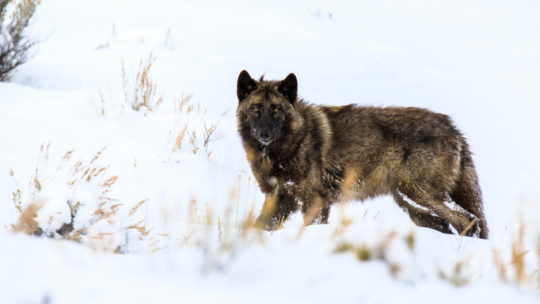

Don’t have the time to visit Yellowstone National Park in winter? Or just don’t like the idea of the cold? Jackson Hole Wildlife Safaris also offers 2 and 3 Day Wolf & Grizzly Bear Safaris between the months of June-September. All of these multi-day trips will include lodging near a park entrance, enabling quick access to wildlife hotspots in the morning or evening of the tour. Wolf watching in Yellowstone, especially in the summer, is at its prime near dawn or dusk when temperatures are cooler and crepuscular prey species like elk are most active. The summer also includes the chance of seeing Grizzly and Black Bears which will be out of hibernation in that timeframe.
Seeing wolves in Yellowstone can require time and dedication, which is why the guides of Jackson Hole Wildlife Safaris recommend a multi-day safari to increase the chances of seeing this species. However, if you do not have the time to spare and still want a chance to look for wolves it is possible to go on a custom single day Yellowstone Safari and give it a try! This 10-12 hour safari will focus on moving north through the Hayden Valley, which is another top-tier location in the park with wonderful terrain that wolves utilize for hunting and scouting, to eventually reach the Lamar Valley, which has earned the title of being the United States “American Serengeti” due to the diversity of wildlife that inhabits it. If considering this option, keep in mind that the greatest chances of seeing wolves on a day trip to Yellowstone is significantly more likely in late May to early June, when temperatures are still cooler and not as many animals have migrated to higher elevations. Road closures will impact whether or not this tour is possible, as the Dunraven Pass must be open in order for the Lamar Valley to be reached in a single day.
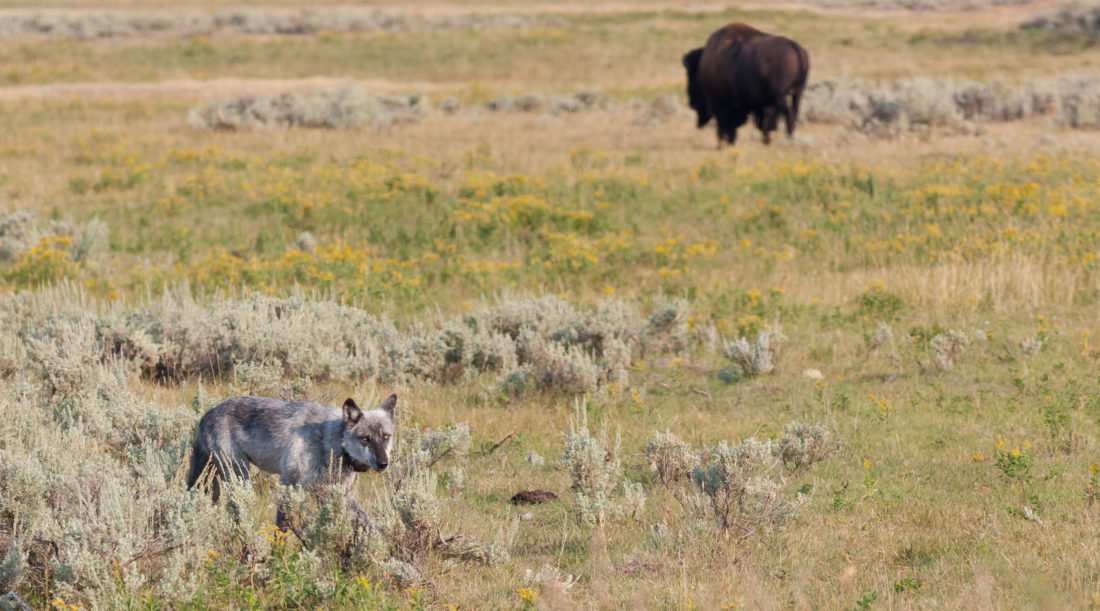
The professional guides of Jackson Hole Wildlife Safaris want to utilize their expertise and passion for wildlife to help you make the most of your time visiting the Greater Yellowstone Ecosystem. It is no understatement that the exhilaration guests feel when seeing a wolf in its natural habitat is matched by the guide leading the trip. So whether it be winter or summer, 2-3 days or just one, consider letting a Jackson Hole Wildlife Safaris guide show and educate you about the wonders of Yellowstone wildlife!

